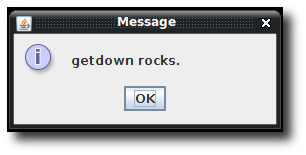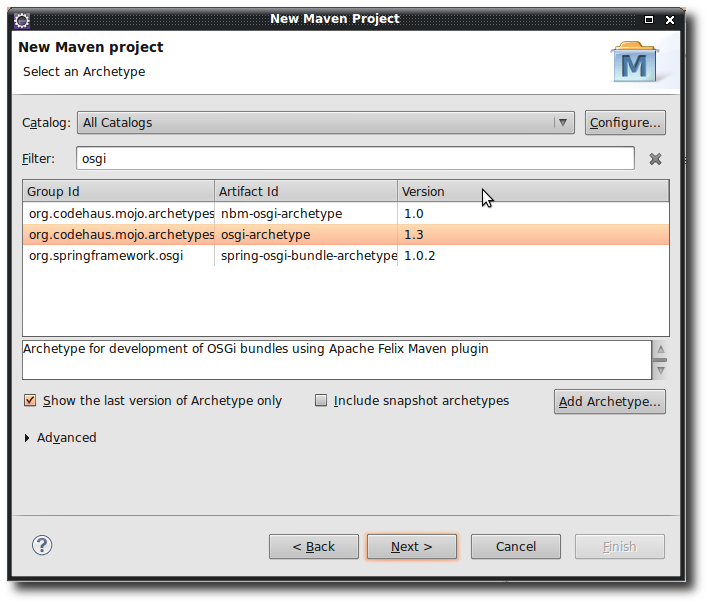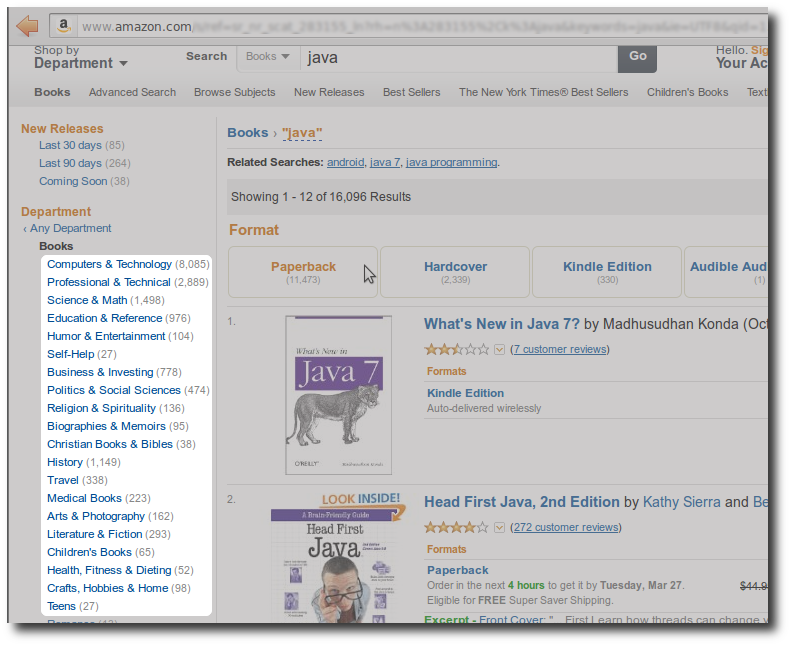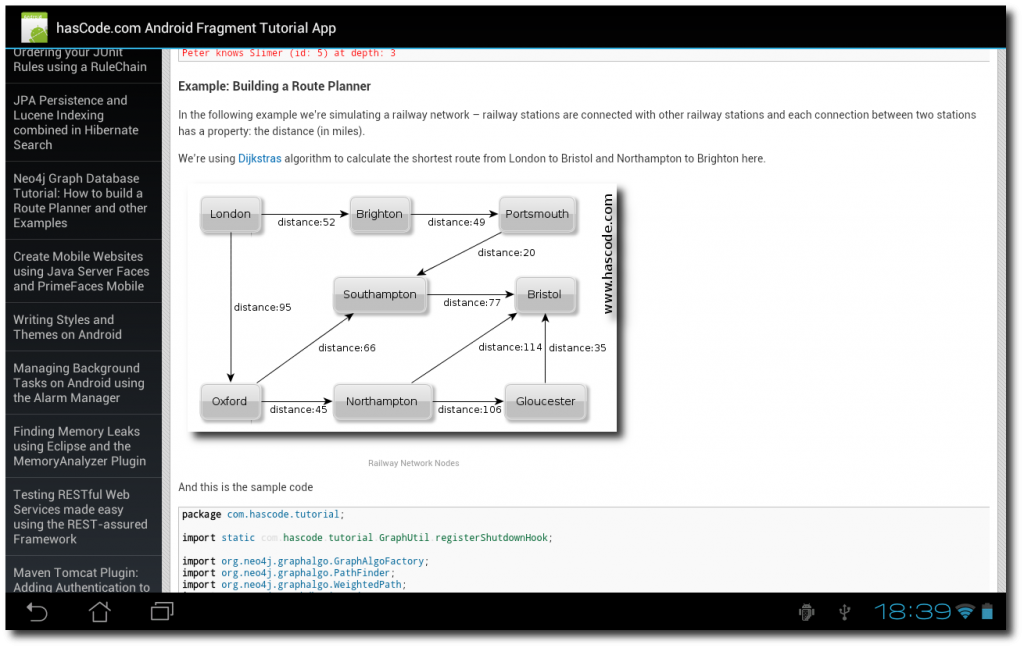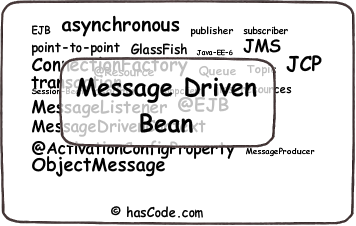Messaging with NATS and Java
Figure 1. NATS Architecture Component Diagram NATS is a high-performance messaging system that offers simplicity, speed, and scalability. It is particularly suited for building distributed systems and microservices. This article demonstrates how to integrate NATS with Java, showcasing the essential steps to set up, connect, and publish/subscribe to messages. Prerequisites Before diving in, we should ensure to have the following installed: Java Development Kit (JDK) 11 or later. Maven or Gradle for dependency management. Docker (optional). ...
